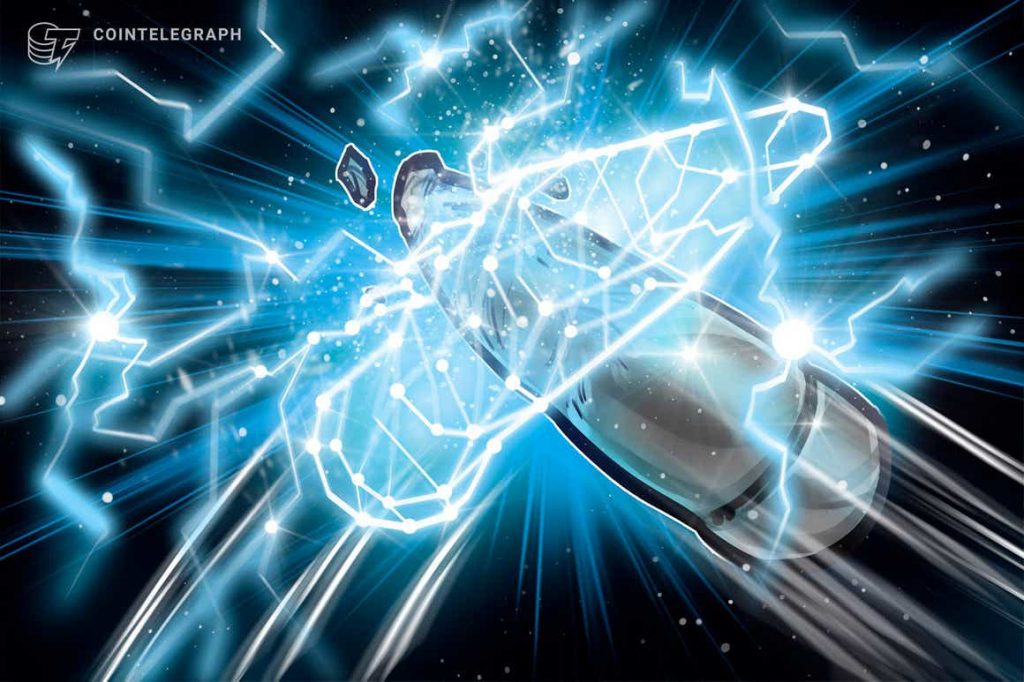Decentralized and traditional finance tried to destroy each other but failed

The year 2022 is here, and banks and the traditional banking system remain alive despite decades of threatening predictions made by crypto enthusiasts. The only endgame that happened— a new Ethereum 2.0 roadmap that Vitalik Buterin posted at the end of last year.
Even though with this roadmap the crypto industry would change for the better, 2021 showed us that crypto didn’t destroy or damage the central banks just like traditional banking didn’t kill crypto. Why?
To be fair, the fight between the two was equivalently brutal on both sides. Many crypto enthusiasts were screaming about the coming apocalypse of the world’s financial systems and described a bright crypto future ahead where every item could be bought with Bitcoin (BTC). On the other hand, bankers rushed to defend the traditional role of the banking system, accusing the blockchain technology of low performance and lack of compliance.
Both of the parties were wrong in their predictions.
Equal game
Luckily, neither crypto nor traditional banking was destroyed, although they wished to. On the one hand, none of the major crypto projects has stayed away from the tightest integration with banks. The United States-based crypto exchange Kraken received a banking license and the Coinbase IPO process speaks for itself as it’s a 100% game, according to the banking/financial system rules. Most of the top projects use the services of only a few banks: Signature, SilverGate, Bank Frick — concentrating settlement and imposing banking principles of working with crypto.
On the other hand, the banking community created in-house ecosystems for crypto projects. Visa introduces crypto advisory services to help partners navigate through the crypto world. Amazon Web Services (AWS) wants “to be the AWS of crypto.” Switzerland proposes banking services for working with the crypto. SolarisBank even offers an API for crypto projects. The largest American banks and exchanges are launching services related to cryptocurrencies. In El Salvador, Bitcoin is recognized as a means of payment, which (theoretically) implies the need for international financial organizations to be ready for settlements in Bitcoin with El Salvador.
Related: What is really behind El Salvador’s ‘Bitcoin Law’? Experts answer
What prevented crypto from destroying banks?
Humankind. Throughout the entire history of humans, plenty of new techs couldn’t have immunity from being controlled by the state authorities directly or indirectly through corporations. Radio, TV, internet, social networks — all started with the idea of free dissemination of information and eventually came up against the fact of total control. The same story is happening now with blockchain, and there is no chance that it will change in the future.
For the most part, people try to exaggerate the risks and reduce the likelihood of a good outcome. In my opinion, that is the reason that has severely limited and continues to limit people from accepting cryptocurrencies. But, as I said, this way of thinking is part of human nature.
Still, why does centralization defeat decentralization? It took some time for the world government to understand that blockchain technology could be not only a problem but a powerful tool for accomplishing political interests. So the blockchain, originally designed as a powerful freedom tool, received an utterly reverse implementation, turning into a tool for money control to a previously unthinkable extent. Like nuclear technology, humans use it both for peaceful and military purposes; the blockchain holds two sides of good and evil.
Related: Decentralization vs. centralization: Where does the future lie? Experts answer
Not a loss, though
At first glance, the crypto had to take a step back from the initial positions of the “hawks.” In exchange, it received widespread recognition, distribution and a considerable number of users around the world — it seems to be a fair reward and a victory over those who predicted an imminent demise.
I believe that the significant growth of related Regtech technologies, designed to speed up compliance processes and all possible checks, has led to crypto acceptance by traditional finance. These projects with the solutions for conducting Know Your Customer (KYC) / Anti-Money Laundering (AML) showed a crypto response to the banks: companies like Chainalysis, Onfido can build KYC operations more efficiently while maintaining the full legality of the processes.
Related: The battle of banks vs. DeFi is a win for individual crypto investors
The newly-established startups could not follow the path of low-efficiency compliance in banks, which is a break in almost any process. Still, to conduct business in a legitimate field, they made compliance on their own, but more efficiently.

But will CBDCs destroy crypto? We should stop talking about the destruction of anything but instead think about future potentials. Central bank digital currencies (CBDCs) have problems to be solved, particularly issues of interoperability. With the incompatibility of CBDC issued in different countries, the ability to convert them mutually and the slowness of many processes related to the government, we won’t be able to talk about a quick solution.
This article does not contain investment advice or recommendations. Every investment and trading move involves risk, and readers should conduct their own research when making a decision.
The views, thoughts and opinions expressed here are the author’s alone and do not necessarily reflect or represent the views and opinions of Cointelegraph.
Alex Axelrod is the founder and CEO of Aximetria and Pay Reverse. He is also a serial entrepreneur with over a decade of experience in leading technological roles. He was the director of big data at the research and development center of JSFC AFK Systems. Prior to this role, Alex worked for Mobile TeleSystems, the largest telecom provider in Russia, where he headed the antifraud and cybersecurity systems development.















